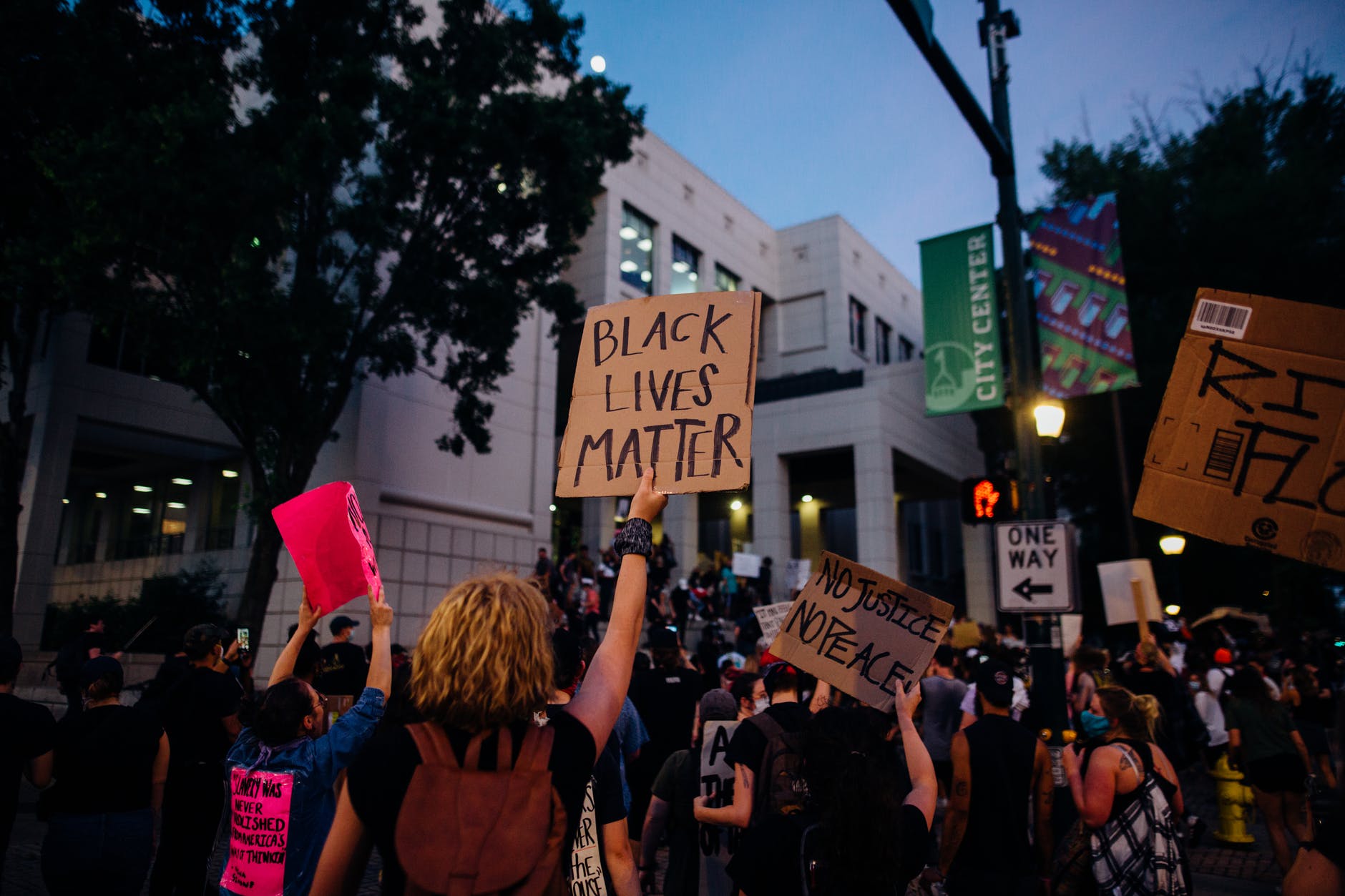
By Professor John Bryson
Department of Strategy and International Business, University of Birmingham
Nevertheless, addressing intersectionality is at the core of the call to act on structural inequality.
What is the most appropriate reaction to the death of George Floyd on May 25 2020, in Minneapolis, Minnesota? This is perhaps one of the key questions that we should all be considering.
One response is to attend protests or to write to your local MP about the need for social justice. Another is having open conversations about the current situation with friends and family. Some, are even taking action and this has included toppling Edward Colston’s statue in Bristol. On Monday (8 June 2020), in Parliament, Florence Eshalomi, elected as MP for Vauxhall in December 2019, called for the home secretary to act on “structural inequality, discrimination and racism”. The question is what is the best way to act? Let us consider some options.
First, we can cleanse our towns, cities and institutions of associations with those involved in the past with discrimination and racism. We can remove the statues, the paintings, and the street names. But this does nothing other than hide history from current and future generations. We should not be rewriting or hiding history but should be using the past as one way of shaping a better future. It is impossible to cleanse Bristol of its associations with the slave trade, but it is possible to work towards a Bristol in which everyone is treated equally and equitably.
Second, those who know me well appreciate that one thing that keeps me awake at night is the wicked problem that is ‘intersectionality’. This is one of those rather academic terms. Nevertheless, addressing intersectionality is at the core of the call to act on structural inequality. Intersectionality describes the ways in which social and political identities (race, gender, class, sexuality, height, etc…) are blended, or combined, to create unique modes of discrimination. This is the case for individuals and groups: intersectionality highlights that inequality, and discrimination, is due to a combination of factors. Understanding that these factors are context, individual and group dependent makes real effective action extremely challenging, but not impossible.
As we have recently argued complex issues including intersectionality, “tend to lead to paralysis of actors… or to overestimation that they are able to tame the problem”. What is required is a consistent and persistent approach. This is a long-term approach in which the solution for changing the future must begin now. This approach includes identifying wicked problems and ensuring that all policies engage with them. Recently, we have argued[1] that part of the solution must be based on the incremental accumulation of small wins. Small wins are often local achievements with lasting impacts.
Third, intersectionality is also about path dependency. Path dependency highlights the ways in which current decisions and actions are limited by decisions that have been made in the past. Thus, Bristol’s role in the slave trade provides this city with many legacies including buildings and charitable foundations. Bristol cannot remove these legacies but must work with them to shape a better future for all. For intersectionality, path dependency alerts us to another dimension of the complex nature of this wicked problem. For individuals, the impacts of path dependent outcomes commence before birth and are related to parents, location, and time. How do we develop alternative pathways and equitable futures for all? One answer is to ensure that all children are taught by inspirational teachers and experience the best education possible.
Finally, a key question to consider is who needs to act to address structural inequality, discrimination and racism? The answer is not just the home secretary, members of the government or policymakers. The answer is everyone needs to act. These actions include ensuring that structural, or institutionalised, disadvantage is identified and removed. It also means the incremental accumulation of trillions of everyday actions by everyone living in the UK. This is an approach that highlights the need for combining small wins with local and national policy interventions.
Let me return to the call made by Florence Eshalomi for action. I would suggest that now is not the time for more protest and talk, but for action. But what type of action? Wicked problems are difficult to address. Part of the solution must involve everyone identifying three actions, three small wins that they will undertake that will contribute to overcoming this wicked problem. Combined all these small wins will begin a process that will change the future.
[1] Andres, L, Bryson, JR, Stevens, SD, Bakare, H, du Toit, K & Melgaço , L (2020), ‘Calling for Responsible Inclusive Planning and Healthy Cities in Africa’, Town Planning Review, in press
The views and opinions expressed in this article are those of the author and do not necessarily reflect the official policy or position of the University of Birmingham

This is a really interesting, blog, John, which I very much enjoyed reading but I always struggle when anyone says that we should not ‘rewrite’ history. Wouldn’t all our historian colleagues be out of a job if this was the case as history is precisely about revisiting, revising, debating and rewriting the past?